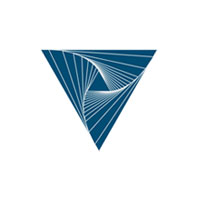Fluid-Structure and Pharmaco-Mechanical Fluid-Structure Interaction of Arterial Walls and Blood Flow
CDS members associated with the project: Prof. Dr. Axel Klawonn
FSI Homepage, Pharmaco-Mechanical FSI
The simulation of the physiological loading situation of arteries with moderate atherosclerotic plaque may provide additional indicators for medical doctors to estimate if the plaque is likely to rupture and if surgical intervention is required. In particular the transmural stresses are important in this context. In order to account for the correct behavior of the arterial wall to predict these stresses we apply fully coupled fluid-structure-interaction algorithms and nonlinear anisotropic hyperelastic material wall models. Stress distributions in walls of in vivo arteries (transmural stresses) are a major factor driving, e.g., the processes of arteriosclerosis and arteriogenesis which are well-known to be of a major relevance to the human health. Our attention is on fluid-structure interaction using sophisticated nonlinear structural models. Such models have been developed in the past and their parameters have been adapted to experimental data. Here, we use an anisotropic, polyconvex hyperelastic material model for the structure. The resulting coupled problems are solved using a monolithic approach based on Domain Decomposition algorithms, more precisely Overlapping Schwarz and Dirichlet-Neumann. Our project is based on a solver environment coupling the finite element software packages FEAP, the library LifeV as well as parallel domain decomposition preconditioners using fully nonlinear models for the fluid and a fully nonlinear, polyconvex, anisotropic model for the structure. Joint work with Prof. Dr. Oliver Rheinbach, Institute für Numerische Mathematik und Optimierung, TU Bergakademie Freiberg, Prof. Dr.-Ing. Jörg Schröder, Institut für Mechanik, Abt. Bauwissenschaften, Fakultät für Ingenieurwissenschaften, Universität Duisburg-Essen, Prof. Dr.-Ing. Daniel Balzani, Institut für Computational Engineering, Ruhr-Universität Bochum, Prof. Dr. Alfio Quarteroni, EPF Lausanne, and Dr. Simone Deparis, EPF Lausanne.
